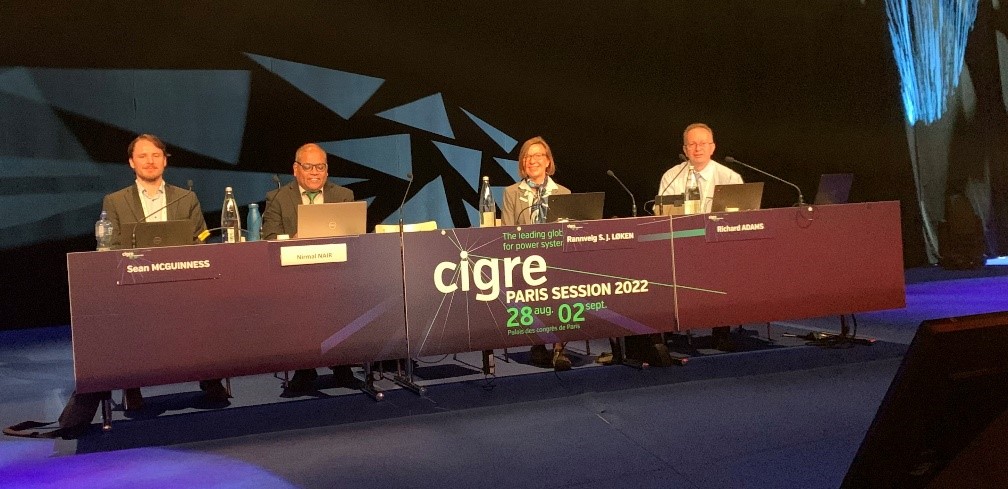Protection for modern distribution networks
The aim of Working Group B5.83 is to investigate emerging protection methods for distribution networks and make suggestions for further developments and applications of new protection relays.

By Rannveig S. J. Loken (NO), Chair SC B5 and Mr. Yi TANG (CN), Convenor Working Group B5.83
Over the years economic developments and the penetration of Distributed Energy Resources (DER) has presented ever increasing challenges to protection of MV/LV distribution network. Complex concerns still exist, among them detection and clearing of very high impedance faults such as downed conductors, tree faults to reduce risks of electric shocks and bush fires.
In addition, very fast fault isolation and service restoration to mitigate the impacts of faults to sensitive loads such as semiconductor manufacturing apparatus, bank computer systems also need to be considered. The infeed of DERs changes the fault current distribution and may result in mal-operating of widely used overcurrent protection.
New anti-Islanding methods which have no Non detection zone (NDZ), are compatible to voltage and frequency ride through requirements of DERs are required. More sensitive protection for micro grids with a large portion of inverter interfaced DERs whose fault currents are limited are required. Suitable protection methods for DC distribution networks are also required.
Working Group B5.83 will give an overview of present protective relay applications in distribution networks. The challenges faced by protection of modern distribution networks and technical requirements for new protection methods will also be addressed.

CIGRE SC B5 Session in Paris, August 2022 where WG B5.83 was started
The Working Group will give analysis of fault impedance coverage of conventional protection relays and new protection methods for high impedance faults.
New earth fault protection methods especially those using transient signals for neutral isolated and compensated distribution networks will be investigated. Directional overcurrent protection for distribution networks with high penetration of Distributed Energy Resources (DER) and new fault direction identification methods will be studied.
The Working Group will investigate pilot protection scheme for distribution networks to achieve fast fault isolation and service restoration. In addition, developments on anti-islanding protection methods which can detect islanding and are matched to voltage and frequency ride though functions of Distributed Energy Resources (DER) will be studied.
Protection methods for micro grids to cope with weak fault current infeed of inverter interfaced Distributed Energy Resources (DER) will also be included in the scope of work. Some first discussion on fault analysis of DC distribution networks and applied protection methods will be included.
Working Group B5.83 will also give suggestions on the developments and applications of new protection methods for modern distribution networks.

